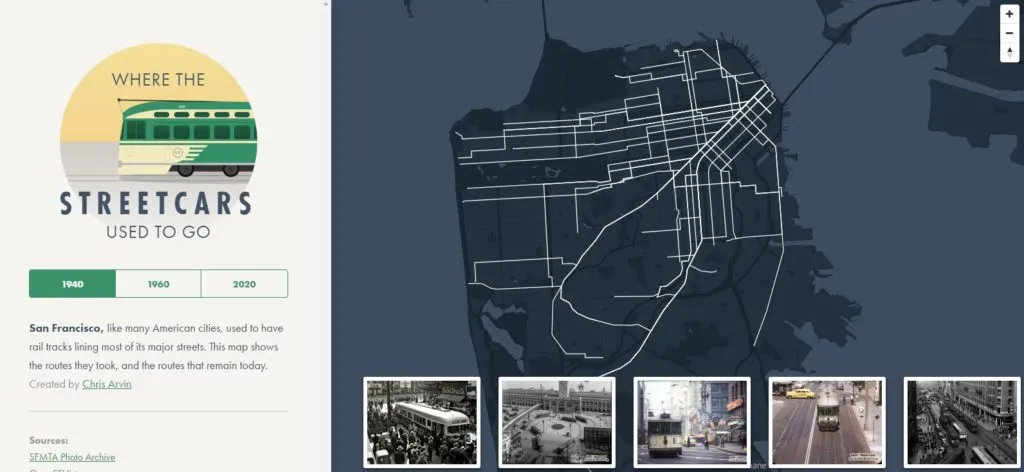
Offline Maps and Field Data Collection in the era of Mobile Internet

On June 30, 2016, Internet Usage and World Population Statistics revealed the worldwide internet population growth of 900% for the period of 2000-2016. At the same time, internet coverage statistics vary from country to country. If we talk about mobile internet coverage, according to The World in 2011 ICT Facts and Figures,
“90% of the world’s population lived in areas with 2G coverage, while 45% lived in areas with 2G and 3G coverage.”
By 2017, it is expected that more than 90% of the world’s population will have access to 2G coverage, at least in theory. Still, these theoretical figures don’t tell us anything about real-life struggles when doing mapping-related fieldwork, especially in remote areas.
Although cloud mapping solutions may be perfect for saving time and energy when collecting data in the field, as maps are updated in real time, they can easily become a nightmare when working in areas with limited internet connection. When you are working in a remote location far away from the office, equipped only with a mobile device, you want to be able to both view and collect mapping data regardless of the conditions in the field.
These are the main reasons why GIS Cloud decided to develop Offline Maps capability for its mobile apps which are used for data collection and viewing mapping data.
Mobile Data Collection enables you to collect data such as location, time, photos, queries and audio recordings in offline mode. Data syncs with your project in GIS Cloud as soon as there is an internet connection available, becoming instantly visible to anyone who has access to it.
For viewing projects in the field, Map Viewer app is also equipped with offline capability, which means that you can download vector maps and basemaps together with attribute data for your entire datasets as well as use the search tool, ensuring constant access to important maps on mobile devices.
Moreover, offline maps capability is useful when you have to work in roaming, which can be quite expensive. Even when you are not in the roaming, offline maps may come in handy if your monthly data traffic is limited, especially if you work with high-resolution images and load data-rich maps. Another reason to go offline when working in the field is longer battery life, which means a lot for all-day field trips.
Want to try the it out for yourself? GIS Cloud offline maps are currently available for early access upon request. Contact GIS Cloud at hello@giscloud.com and try it out completely free of charge.
Offline maps will be released to all GIS Cloud users at the FOSS4G 2016 Conference in Bonn (August 24-26), where GIS Cloud’s CEO and Co-Founder, Dino Ravnić, will talk about the process of developing Offline Maps, on 25th of August.
This is also a chance to meet GIS Cloud team in person at Booth No.3 in the exhibition area as well as see the first preview of GIS Cloud’s new platform and plans for the future on August 25th (Plenary Office 14:30-15:00).








